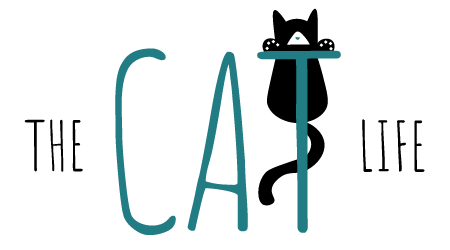Cats are known for their agility, grace, and independence, but did you know that their nose is also a fascinating part of their anatomy? In this blog post, we’ll explore the world of a cat’s nose, from its anatomy and behavior to its health and communication.
Anatomy of a Cat’s Nose
A cat’s nose is made up of several structural areas: the nostrils, nasal cavity, and olfactory epithelium. The nostrils are the external openings that allow air to enter the nasal cavity. The nasal cavity is lined with mucus membranes that help to moisten and filter the air. The olfactory epithelium is a specialized tissue that contains millions of scent receptors.
Cats have an exceptional sense of smell due to having over 200 million scent receptors in their nose. This superior sense of smell allows them to detect prey, potential predators, and other cats. Cats also have a special organ called the vomeronasal organ (or Jacobson’s organ) located in the roof of their mouth that helps them detect pheromones.
Cat Nose Behaviour
Cats use their nose to communicate their emotions and intentions. They may rub their nose against people or other cats as a form of greeting or affection. Cats may also sniff objects or people to gather information about their surroundings.
In addition to communicating emotions, cats also use their nose to express their moods. For example, a relaxed cat may have a moist nose, while a stressed or anxious cat may have a dry nose. Cats may also sneeze or snort when they are excited or playful.
Cat Nose Behavior
Cats use their nose to communicate their emotions and intentions. They may rub their nose against people or other cats as a form of greeting or affection. Cats may also sniff objects or people to gather information about their surroundings.
In addition to communicating emotions, cats also use their nose to express their moods. For example, a relaxed cat may have a moist nose, while a stressed or anxious cat may have a dry nose. Cats may also sneeze or snort when they are excited or playful.
Cat Nose Communication
Cats use their body language to communicate with each other and with humans. The position and behavior of their nose is one way they convey their emotions and intentions. For example, a cat that rubs its nose against you is showing affection and trust. A cat that sniffs objects or people is gathering information about its surroundings.
In conclusion, a cat’s nose is a fascinating structure that plays an important role in a cat’s life. From its exceptional sense of smell to its ability to communicate emotions and intentions, understanding your cat’s nose can help you better understand your feline friend. So next time you see your cat sniffing around or rubbing its nose against you, take a moment to appreciate the complex world of a cat’s nose!

